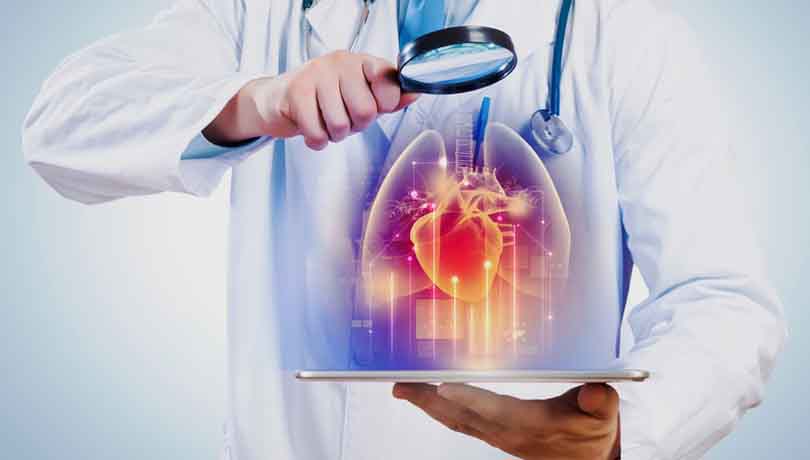WHAT IS 3D MEDICAL ANIMATION
The word “Animation” has been mostly associated with cartoons and films. However, the fact is that animation has established itself as a major pillar in many other sectors. Currently, apart from M&E, Animation is an integral part of many sectors. At its core, 3D medical animation transcends traditional educational methods by offering dynamic, immersive experiences. And industries which include sectors like education, Ed-tech, automobiles, real estate, medical & technology companies.
Importance of 3D Medical Animation
3D medical animation is now an important part of medical students and professionals. It also helps in medical marketing and creating animated explainer videos. Explaining 3D medical animation in this context, it uses frontline 3D computer graphics. To convey many medical facts in a stupendously subtle manner with crystal clear clarity. It also utilizes the transfer of vital data by a non-medical workforce.
The best careers associated with these medical animations are medical animator, Medical Illustrator, Visual Designer, and many more.
Today, 3D medical animation provides value to the healthcare industry
The rapidly increasing popularity and Importance of 3D Medical Animation are evident from the Grand View Research forecast for its global market, to expand by 514 million dollars by 2024. At MAAC the trainers
One of the remarkable aspects of 3D medical animation is its ability to bridge the gap between imagination and reality. By leveraging advanced computer graphics and animation techniques, artists and animators can create stunning visual representations of biological processes and medical phenomena. From the intricate dance of molecules within a cell to the dynamic flow of blood through the circulatory system, 3D animation breathes life into the invisible world of the human body.
Moreover, the Importance of 3D Medical Animation has revolutionized patient engagement and empowerment. Using captivating animations, patients can develop a better understanding of their medical conditions, treatment choices, and surgical procedures. This increased understanding not only enhances patient satisfaction but also encourages active participation in their healthcare decisions, leading to better treatment adherence and outcomes.
However, creating high-quality 3D medical animations is no small feat as well as it requires a multidisciplinary approach, involving collaboration between medical experts, animators, artists, and technologists. From initial concept development and storyboard creation to 3D modeling, texturing, rigging, and animation, each step demands precision, attention to detail, and a deep understanding of both medical science and animation techniques.
Additionally, ethical considerations play a significant role in the creation and use of 3D medical animations. Accuracy, transparency, and sensitivity to cultural and ethical norms are paramount to ensure that animations serve their intended purpose without causing confusion or misinformation.
In conclusion, 3D medical animation represents a remarkable marriage of science and art, with profound implications for healthcare, education, research, and patient empowerment. By harnessing the power of animation, we can unravel the mysteries of the human body, communicate complex medical concepts with clarity and precision, and ultimately improve the lives of patients around the world. As technology continues to advance and our understanding of the human body deepens, the future of 3D medical animation holds endless possibilities for innovation and discovery.


Recent Comments